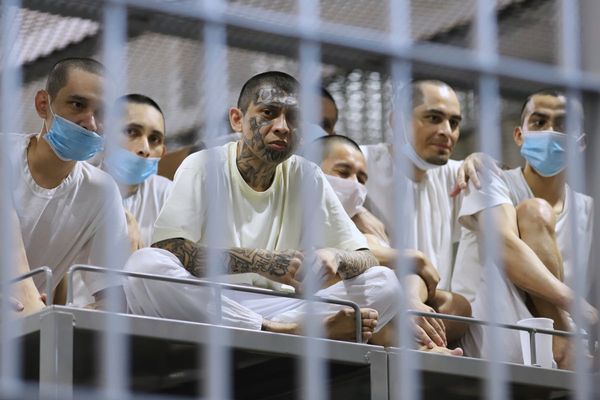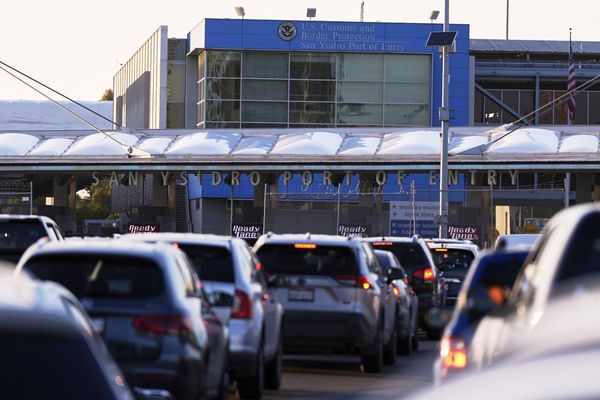A medical expert has told the murder trial of Northern Territory police officer Zachary Rolfe that the second of three gunshots fired during a struggle with Kumanjayi Walker likely caused the 19-year-old's death.
WARNING: Aboriginal and Torres Strait Islander readers are advised that this article contains an image of a person who has died, used with the permission of their family.
The shots were fired as Constable Rolfe and his partner tried to arrest Mr Walker inside a house in the remote community of Yuendumu on the evening of Saturday, November 9, 2019.
Constable Rolfe has pleaded not guilty to murder, as well as to alternative charges of manslaughter and engaging in a violent act causing death.
A trauma surgeon who was asked by investigators to review Mr Walker's autopsy, as well as body-worn camera vision of the shooting, gave evidence in the Northern Territory Supreme Court on Friday.
Dr Keith Towsey told the court that the first shot — which was fired after Mr Walker stabbed Constable Rolfe in the shoulder with a pair of medical scissors — did not penetrate any of Mr Walker's vital organs.
He also said the first shot would not have affected Mr Walker's ability to continue using his right arm, in which hand he was holding the scissors.
Dr Towsey said it was the second shot, fired 2.6 seconds after the first, that caused the most damage because it penetrated Mr Walker's liver, kidney and spleen.
"I'd classify the wound [from the second shot], which has traversed the major organs, as being the one that's going to cause death," Dr Towsey told the court.
"I don't believe the other two injuries would have caused death, but they certainly would have warranted serious hospital treatment."
Crown prosecutor Philip Strickland, SC, has previously told the court the second and third shots were not legally justified and were fired when Mr Walker was pinned and restrained by Constable Rolfe's partner.
The defence case is that Mr Walker was not under control and remained a threat throughout the struggle.
On Friday, further testimony was given by Senior Constable Anthony Hawkings, who arrived at the doorway of the house in time to see the second and third shots.
Under cross-examination from the defence, Senior Constable Hawkings said he did not think Mr Walker was "incapacitated" after the first shot, nor "contained" when the second and third shots were fired.
Scissors could cause fatal injury, doctor says
Under cross-examination from the defence, Dr Towsey said police investigators had also asked for his opinion over the phone about whether scissors could inflict a fatal blow.
"They wanted to know if someone was to stab someone in the neck with a pair of scissors, could it be fatal, and I said, 'Yes, it can be'," Dr Towsey said.
However, he said, the investigators had never requested a formal written report about his opinion regarding the scissors.
The court also heard from Dr Kerrie Sutherland, who assessed Constable Rolfe's shoulder injury at the Alice Springs hospital several hours after the shooting.
She said Constable Rolfe had a 3mm puncture wound that did not require stitches.
"The main thing he wanted was a tetanus shot and then to get home," Dr Sutherland told the court.
Mr Walker died in the Yuendumu police station — where he was taken because the health clinic in the community was unstaffed — about an hour after the shooting.
Senior Constable Ian Spilsbury, a crime scene examiner, also took the stand today, telling the court he had filmed the house where Mr Walker was shot on the morning after the incident.
Vision played to the court showed blood stains and bullet casings on a mattress, as well as a pair of scissors and a black torch on the floor.
The jury was also shown the Chicago Bulls T-shirt Mr Walker was wearing when he was shot.
The trial will continue before Justice John Burns on Monday.







